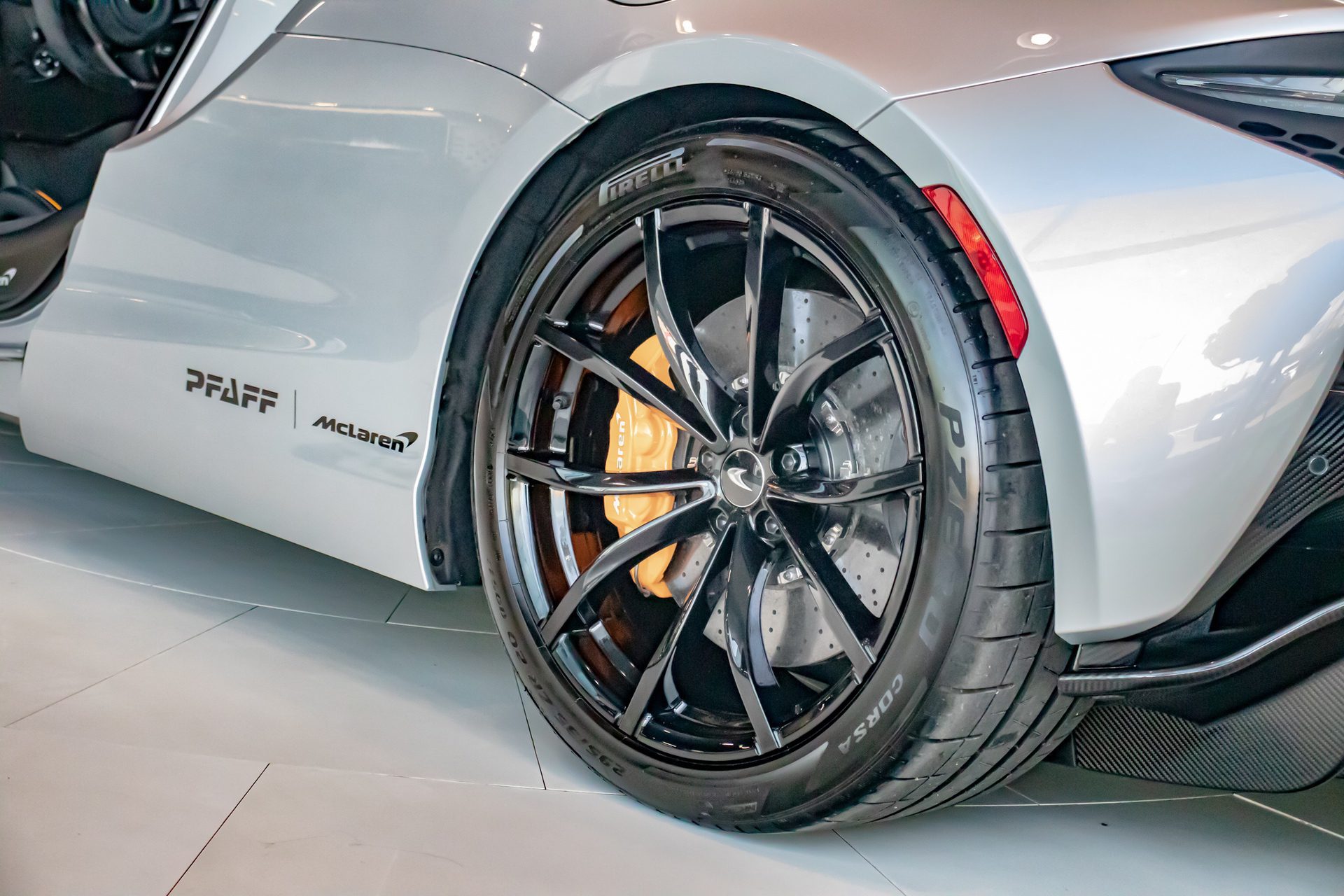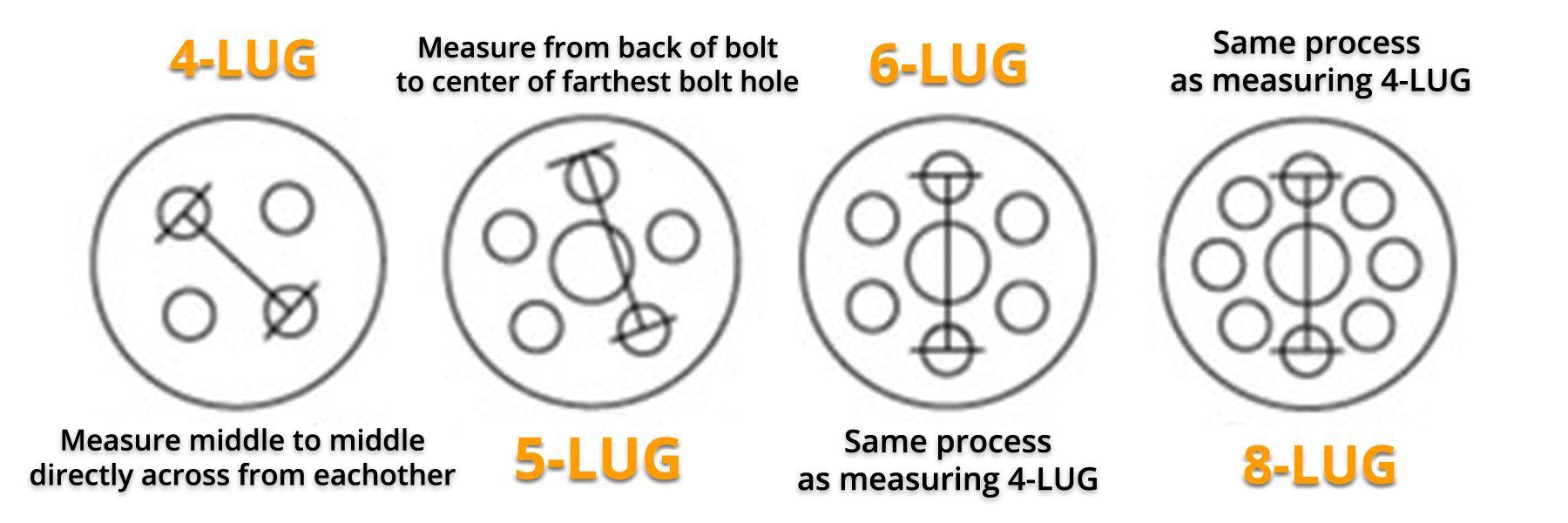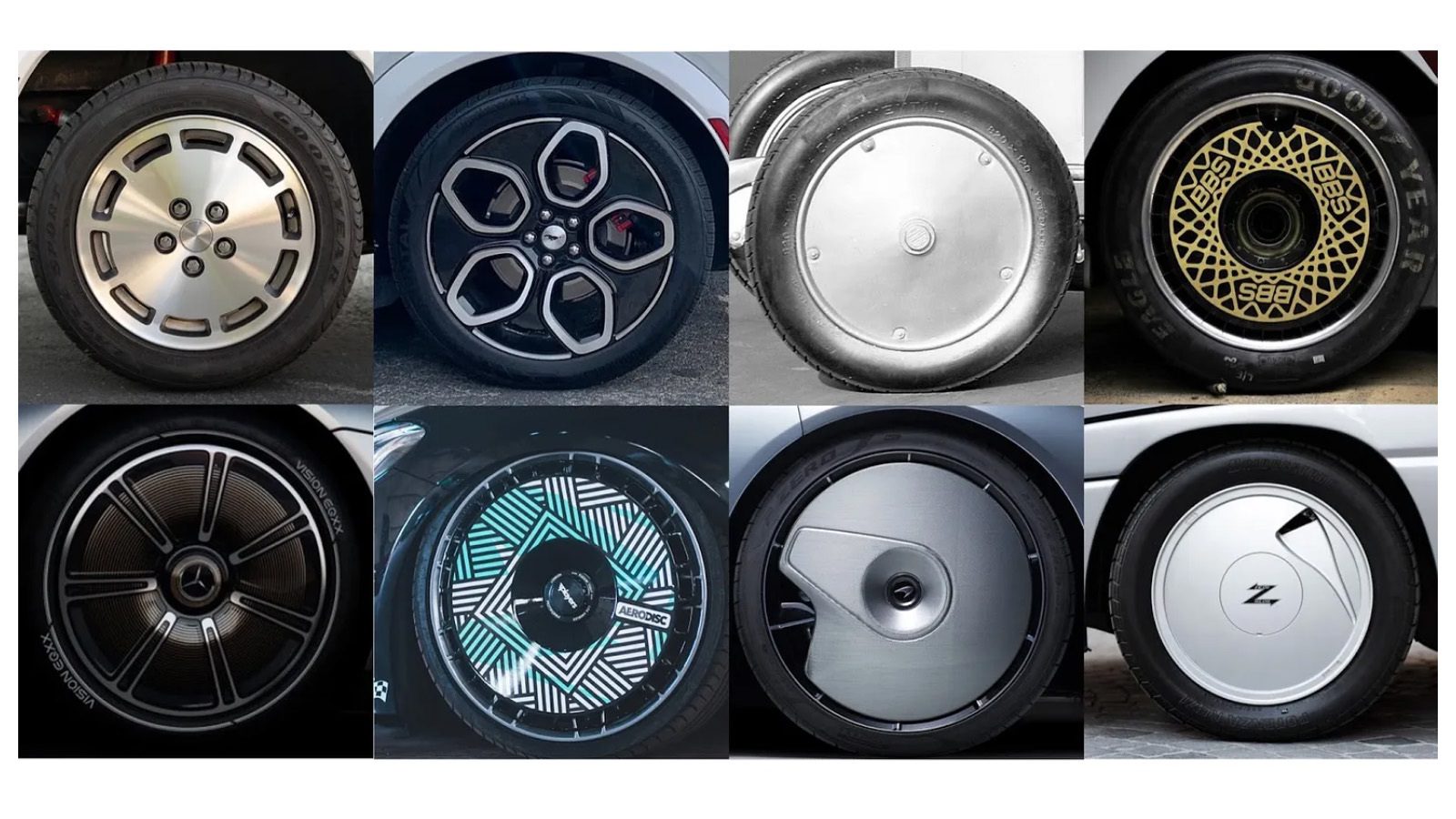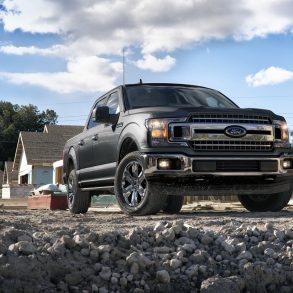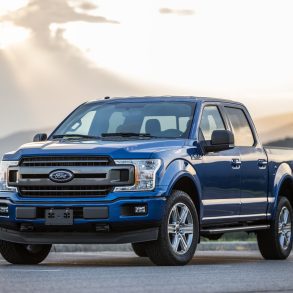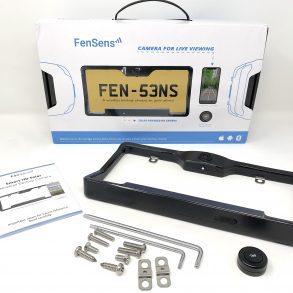New rims are an easy way to customize any vehicle, but that doesn’t mean any rims will do! In fact, if you want rims that will truly pimp out your ride, you’ll have to consider numerous factors—not the least of which is how they fit.
It can all feel a little daunting if you’re brand new to the world of aftermarket auto parts—but fortunately, here at GCBC, we’re anything but. Come on a journey with us as we teach you how to properly shop for and size new rims for your car or truck, so that you can keep on rollin’ with complete confidence.
Choosing Compatible New Rims for Your Vehicle
It shouldn’t surprise you to learn that not all rims are compatible with all vehicles. That’s right—different rims are made for different wheel wells! So before you even start browsing around for rims, you’ll want to collect a few key pieces of data.
The sticker plate for your vehicle (located on the inside of the driver’s-side door) should have details on the rim size you need, and you can also try looking up your make or model online—but if you’re having trouble, use our tips below to collect the measurements you’ll need:
Wheel Size
Sizes vary, but the wheels for most street legal cars have diameters between 14 and 19 inches. If your car is on the sport or luxury end of things, you can probably expect its wheels to be on the larger side of things—but it’s easy to check this yourself with a tape measure! Just measure across the center of the wheel from one side to the other.
Bolt & Lug Pattern
Most vehicles have either 4-, 5-, 6-, or 8-bolt patterns, which determine where the lug nuts used to attach the wheel to the hub assembly go. But counting the number of bolts in your wheels is only the first step when sizing them for rims—you’ll also need to know the diameter of the circle created by the bolts in each wheel.
This is easy enough to find when you’re dealing with a wheel that has an even number of bolts—just measure the distance between any two bolts opposite each other, from center to center. But how do you find it for a wheel with 5 bolts? Here’s a handy diagram we found that shows you how:
As you can see, it’s easy once you know what to do—just measure from the back of any bolt to the middle of the bolt farthest away from it. Record your bolt pattern using the following notation:
(Number of bolts)X(Diameter of bolt circle)
For example, all Ford F150s have a bolt pattern of 6X135, signifying that the wheels each have 6 bolts and the diameter of the circle they create is 135mm. The bolt patterns for some vehicles list the diameter of the wheel circle in inches, so make sure you look out for this!
Wheel Offset
Finally, you’ll need to know the offset of your wheels—i.e. the distance in milimeters between each wheel’s center line and mounting pad. Rims with the wrong offset can create unwanted friction by rubbing against the body of your vehicle, which can even affect the brakes or suspension system in some cases!
How to Choose Rims You’ll Love
Now that you have the basic measurements you’ll need to look for rims that fit, you can start browsing through your options. Here are some extra factors to consider if you want to be sure to buy rims that pop:
Material
Most aftermarket rims are made from steel or aluminum—although you can also get options in specialty materials like magnesium, carbon fiber, or titanium. Here’s a quick list of their pros and cons:
- Steel rims are affordable and durable, but tend to be on the heavy side.
- Aluminum rims are good-looking and lightweight—not as durable as steel, but more than enough for most daily driving scenarios.
- Magnesium alloy rims are super lightweight and have excellent dampening properties, but are rarely used these days because they corrode easily.
- Carbon-fiber rims are high-performance options that can be found on many luxury and high-performance cars. As you may have guessed from that, they also tend to be expensive.
- Titanium wheels have the strength of steel at half the weight, and resist corrosion very well. Since titanium is more difficult to handle from a manufacturing standpoint, however, these rims also have a higher price point than steel or aluminum.
Via The Autopian.
Design
The materials your new rims are made of will have a lot to do with how they look, but design also plays a role. When buying aftermarket rims for any vehicle, you’ll be able to choose from a nearly limitless range of patterns and colors—it’s even fairly common to find steel or aluminum rims with chrome plating treated to resemble precious metals like gold.
Weight
As noted above, the material your rims are made from affects their weight—and this can have a noticeable impact on your car or truck’s performance and handling. While carbon fiber or titanium rims are certainly going to offer the most strength at the lightest weight, we also recommend aluminum for those of you on more of a budget. Steel is a great choice if your first priority is the durability of your rims and don’t care so much about their weight.
Desired Fit
What happens if you find an awesome pair of aftermarket rims that don’t seem to fit your vehicle? Don’t worry—there’s a potential workaround!
Wheel spacers are an affordable way to adjust how rims fit in your wheel well. SuncentAuto has wheel spacers for well under $200, as do many other reputable vendors. A wheel spacer can compensate for rims with the wrong offset by moving the wheel to its ideal placement underneath your vehicle’s fender.
Customize Your Rims with Confidence
Now that you know what measurements you’ll need and what factors to consider when rim shopping, you should be able to shop for new wheels without worrying! Check out some of our favorite C5 Corvette rims at our sister site, Corvsport.com for inspiration—and good luck!

